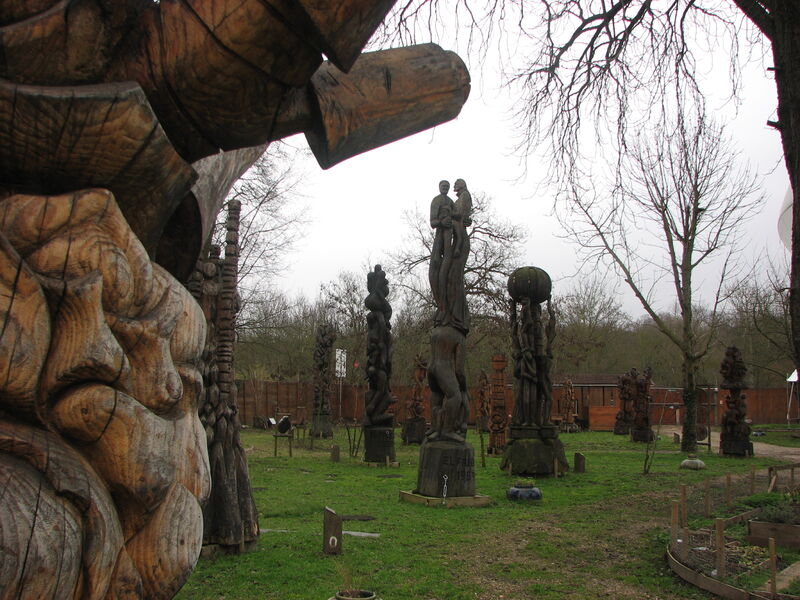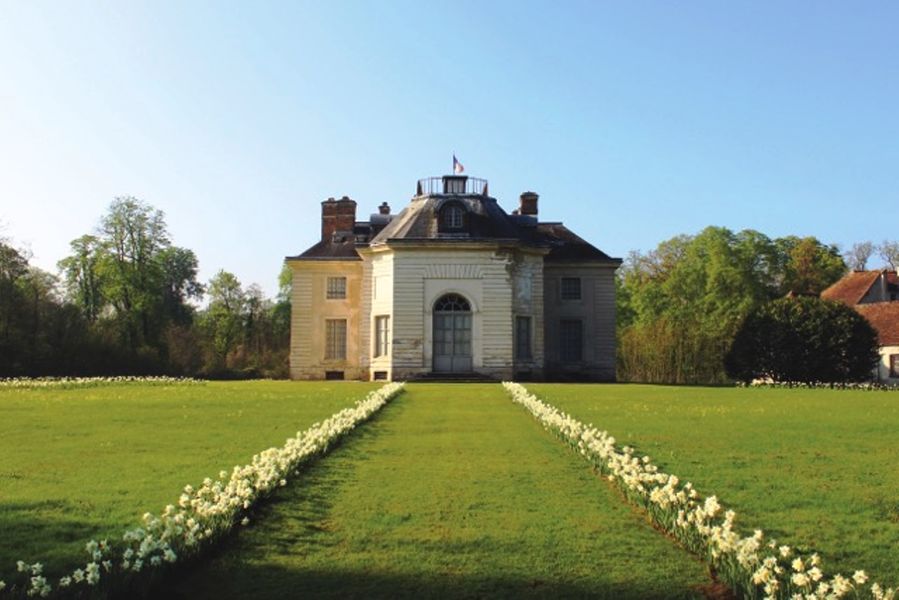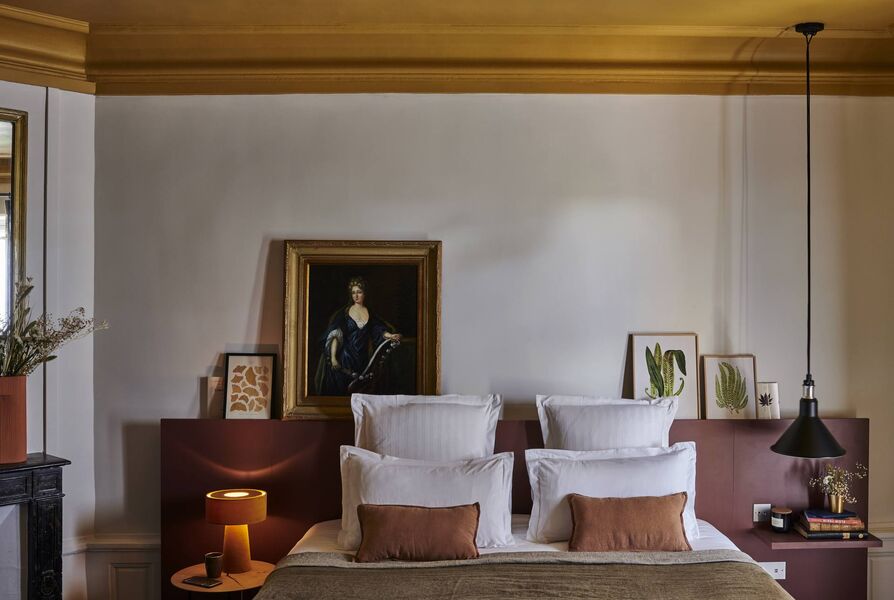Just a stone’s throw from the capital, the forest of Saint-Germain-en-Laye is a real green lung stretching over 3,500 hectares!
If you’re in need of some fresh air just outside Paris, this is for you! The forest of Saint-Germain-en-Laye covers 3,500 hectares and offers hiking trails, cycle paths and even bridleways. This vast natural space belongs to the State and is managed by the Office National des Forêts. Its status of preserved forest was sought by the Town Council and makes it an ideal environment for a wide range of leisure activities. A purpose that is in keeping with tradition, if we remember that this forest was once the hunting ground of French kings!
Organisation of the Forest
Yet the immense forest of Yvelines had a sacred character before the year 1000. It was avoided by locals and invaders alike, inspiring terror with all the legends, curses, robbers and ferocious beasts that were associated with it.
From the 12th century, after construction of the Château of Saint Germain, royal hunters ventured into the forest and it was gradually organised for that purpose.
Star-shaped intersections, forest paths, a pheasant farm, hunting pavilions like the one at La Muette or the Château du Val, a surrounding wall and access gates all bear witness to that period and now serve as landmarks for hikers.
Wildlife
Nowadays, the forest is contained within a loop of the Seine river and spreads across a siliceous clay plateau of sand and gravel. The vegetation is mainly made up of English oak, beech and hornbeam trees which can be seen in the works of the famous Nabis painter, Maurice Denis. In terms of animal life, the forest is home to deer, foxes, squirrels and wild boar. Every year between November and February, the Office National des Forêts organises several hunts in the forest in order to control the game populations.
Nature lovers will enjoy the 54 km of marked paths, 70 km of bridleways and 3 cycle paths, as well as a few hundred kilometres of forest tracks and lanes that are closed to traffic.
Not forgetting the Corra lake bird sanctuary and the Parc Grandeur Nature, a private exhibition site featuring some monumental sculptures.




